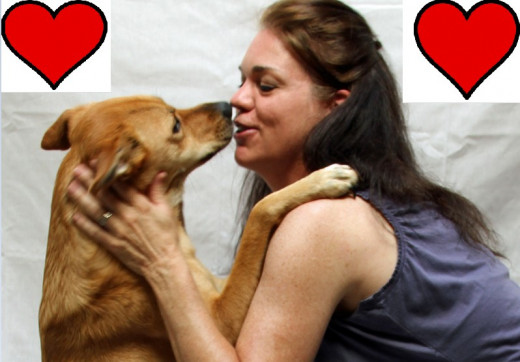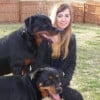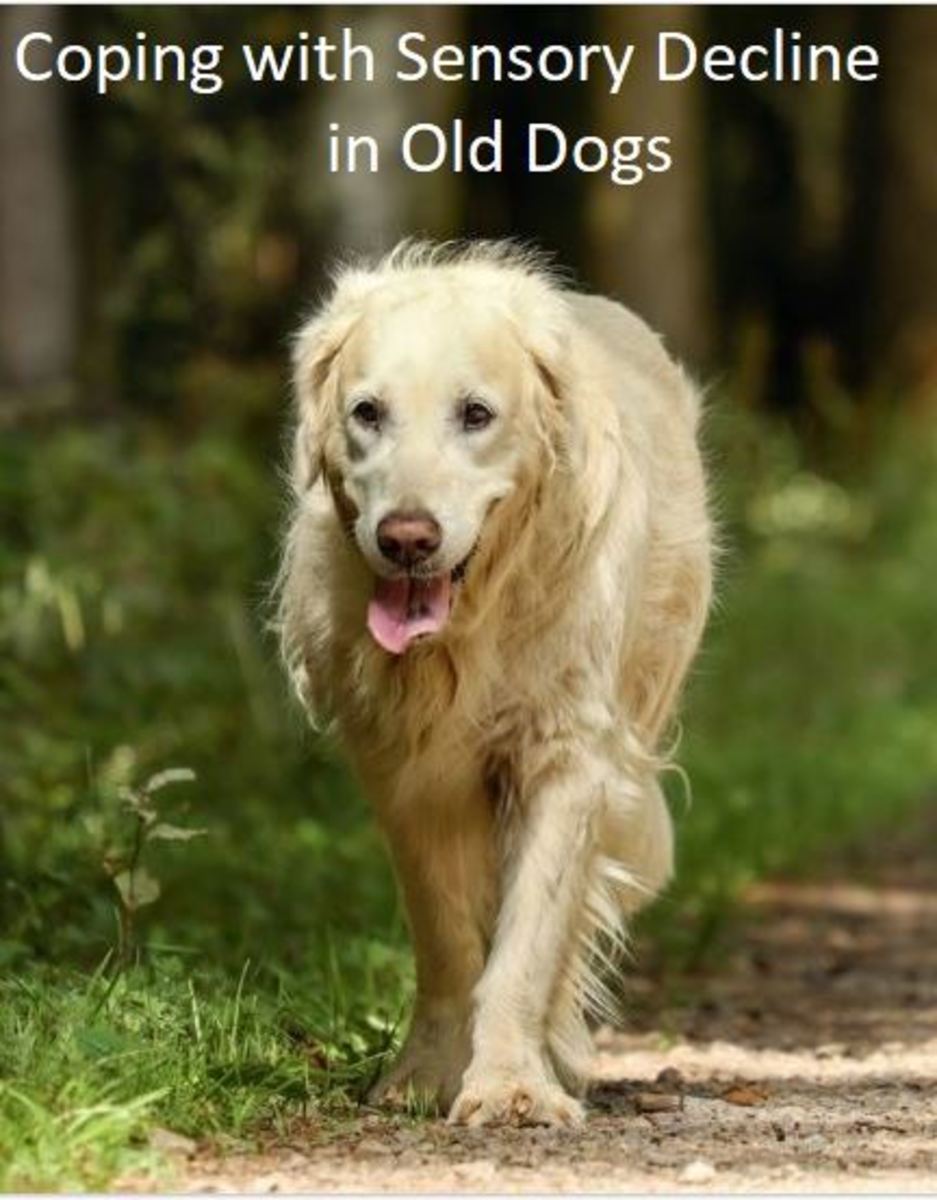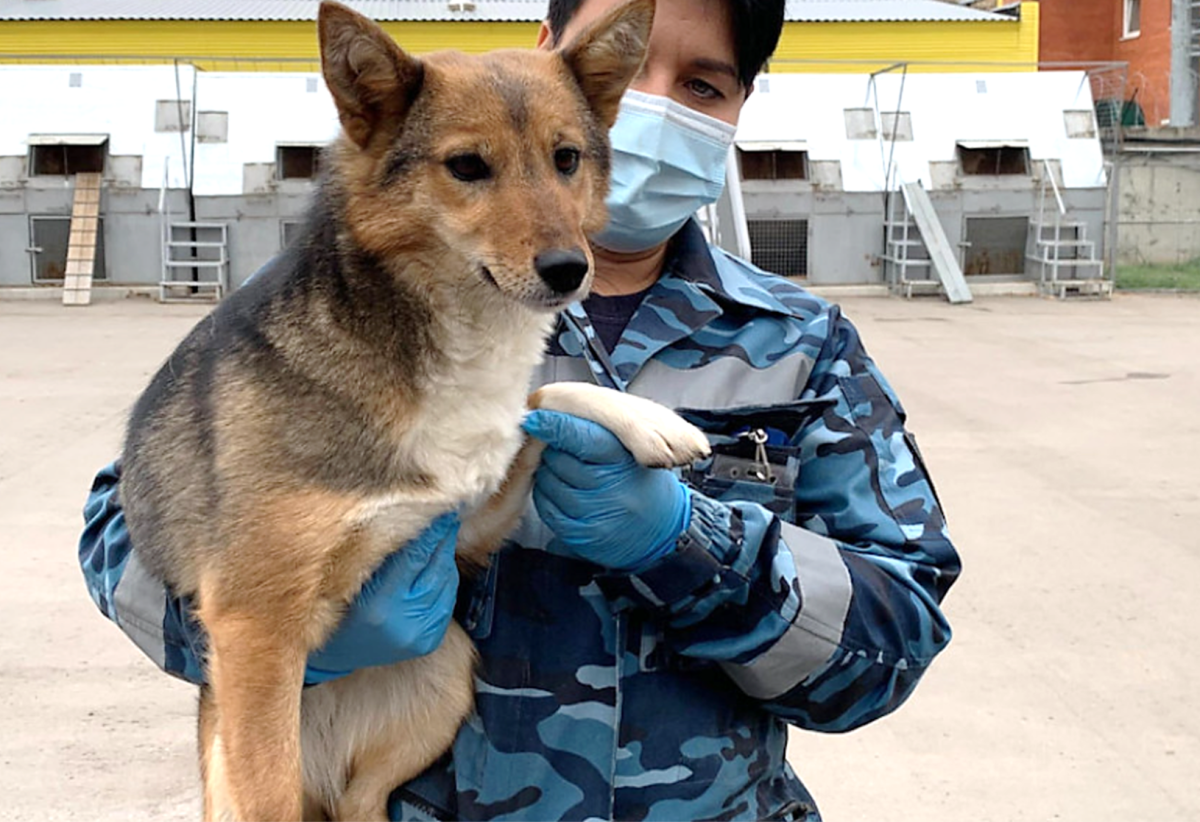Dog's Response to Smells Reveals Importance of Humans, Study Says

How a Dog's Sense of Smell Works
It's a known fact that dogs have a superior sense of smell, but the way dogs respond to scent is a whole different story. Recent research has sure reported some interesting findings. Delving deeper into how scent affects our canine companions reveals some interesting information that may help us better understand how dogs evolved and how their sense of smell may have contributed to domestication. Before taking a look at this interesting research, it's important to understand some important structures of our dog's nose that will better help us understand the latest findings.
When we think about how dogs smell, we mostly think about their noses. We think how powerful they are, blessed with their 220 million scent receptors which are astounding compared to our mere 5 million. We think about those membranes lining the nose, which, if laid out flat, would reach seven square meters whereas, ours would reach just about half a meter. We think about those mobile nostrils that aid in detecting the direction of the scent. Yet, we rarely think about a major organ responsible for identifying and interpreting those smells: the brain.
An important role in a dog's sense of smell is the olfactory bulb, a neural structure that plays a main role in the dog's sense of smell. Its main function is to transmit scent information from the nose to the brain. Brain areas allow the dog to discriminate among different odors, filter out background odors so odor detection of a specific scent is enhanced, and elicit a dog's response. The olfactory bulb is responsible for sending olfactory information to areas of the brain that allow further processing. For instance, associative learning between scents and behavior responses take place in the amygdala. Dogs may therefore learn to associate a specific scent with something pleasant or unpleasant which produces emotional and behavioral responses.
The caudate nucleus is a "reward center" part of the brain involved in the experience of pleasure in both human and animals. Rich in dopamine receptors, the caudate nucleus sits between the cortex and the brainstem. Increased neural activity in this part of the brain means the activation of the reward center. As in humans, this area activates in dogs when there is anticipation of something that the dog enjoys such as food.
When studying dogs, these areas of the dog's brain may be observed through functional magnetic resonance imaging (fMRI). This special MRI can detect brain activity by observing the associated changes in blood flow. Indeed, neural blood flow is an indicator or neural activity, so when an area of the brain is used, the blood flow in that area will increase, providing us with important information about what may be going on in the dog's mind.
Now that we understand some basic anatomy of the dog's brain and how it can be recorded, we can delve deeper into understanding these recent studies and what they may mean to us. So keep reading if you want to learn more about the association between scent and the importance of humans in a dog's life.
"When humans smell the perfume or cologne of someone they love, they may have an immediate, emotional reaction that's not necessarily cognitive. Our experiment may be showing the same process in dogs. But since dogs are so much more olfactory than humans, their responses would likely be even more powerful than the ones we might have."
— Gregory BernsWhat the Study Revealed
A study conducted by Gregory Berns, of Emory University, in Atlanta, Georgia, involved 12 dogs of various breeds who underwent an MRI to detect brain activity when the dogs were presented with five different scents. The five different scents consisted of the following: the scent of the dog itself, the scent of an unfamiliar dog, the scent of a dog who lived in the same household, the scent of an unfamiliar human, the scent of a human who lived in the same household.
The results revealed that all the five scents elicited an olfactory bulb response, but the caudate nucleus responses were significantly stronger when they involved the scent of familiar humans, followed by the scent of familiar dogs. According to Bern, this was proof that the dogs were not only capable of discriminating the scent of familiar humans from the others, but, on top of that, their reward response is specifically reserved for their humans.This leaves space for us to wonder whether these responses are based on past positive associations with food, play, social bonds or a genetic predisposition. Interestingly, the brain activity geared towards familiar humans appeared to be greater in dogs who received training as service or therapy dogs.
While it's true that one cannot infer certain cognitive states based on a single activation of a part of the brain considering that most parts of the brain have multiple functions, things are quite different when it comes to the activation of the caudate nucleus. According to the Berns, this part of the brain though is an exception. This is because this area of the brain quite reliably responds to the perspective of a reward, eliciting a desire to approach the stimulus related to pleasure. One may wonder therefore if this activity of the brain was the result of a conditioned response, considering that there's evidence for activation of the caudal area of the brain in classical conditioning. Could it have been possible that the scent of the owner was associated with food? This would make sense, but interestingly, it turned out that most of the familiar humans were not the ones responsible for feeding the dog and their interactions with the dog were mostly through play.
While this study grants delving deeper into the topic, the preliminary results raise intriguing questions. Are dogs responding to familiar humans because of the effects of selective breeding or is it a result of their social environment? Is it nature or nurture? Are dogs more attracted to us than to other dogs because of a natural interspecies bond that has developed through the years? For sure, this remains an area that grants future investigation.
Alexadry© all rights reserved, do not copy.
For further reading
- Conditioned Reinforcers in Dog Training
What's a conditioned reinforcer in dog training and how can it benefit your dog? Learn how to take advantage of conditioned reinforcers for stellar results in dog training and behavior modification. - Will my Dog Take Care of Her Puppies? An Insight int...
What if your dog doesn't take good care of her puppies? What makes certain dogs better mothers than others? Let's delve deeper into a dog's maternal instincts and the recipe for good parenthood. - Thoughts on Calming Signals in Dogs
If you want to learn how to decipher your dog's moods, you must get accustomed with dog calming signals. In this article, I list theories I have developed by delving deeply on their purpose. - Pet Your Dog for a Daily Exchange of Oxytocin
Owning dogs provides many benefits and studies also suggest that positive social interactions increase the levels of oxytocin in dogs and humans. Another reason to reap the rewards of dog ownership.








